

William Stopford
Every SUV, ute and van discontinued in Australia in 2025
15 Hours Ago
Prime Minister Anthony Albanese launches long-awaited real-world testing regime, with 200 vehicles to be put through a series of tests.

Senior Contributor
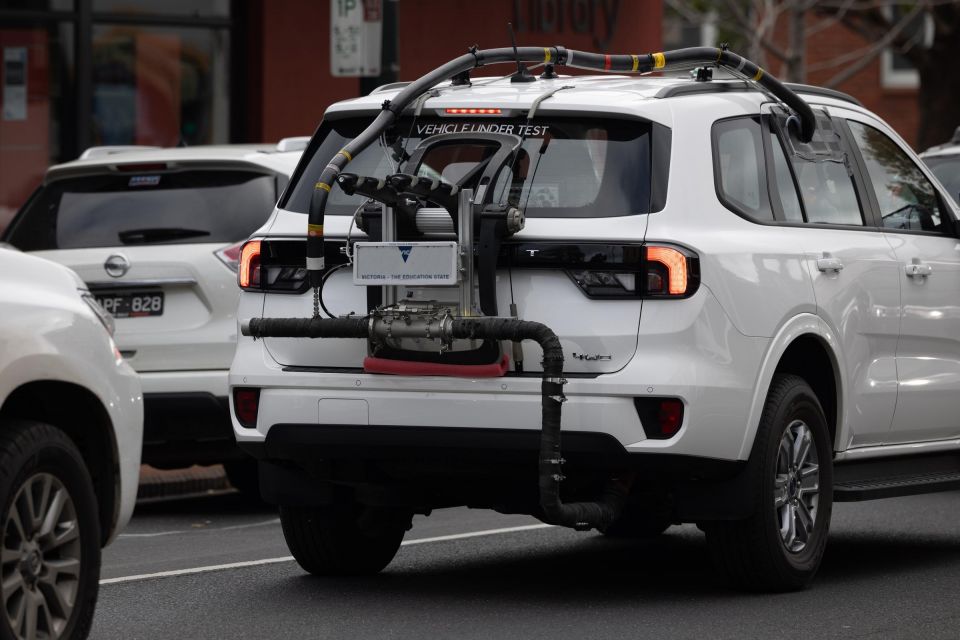

Senior Contributor
Have you ever read your car’s fuel consumption and emissions sticker on the windscreen and wondered why you can’t seem to match it? You aren’t alone.
Fuel economy and emissions results labelled under Australian Design Rule 81/02 are generated in laboratory testing. But with so many variables affecting fuel use in the real world, they’re best viewed as comparative figures when researching competitor vehicles rather than anything definitive.
A venture from the Australian Automobile Association (AAA) and Federal Government now aims to add depth to the issue, with a real-world testing regime underway and results set to be published within weeks.
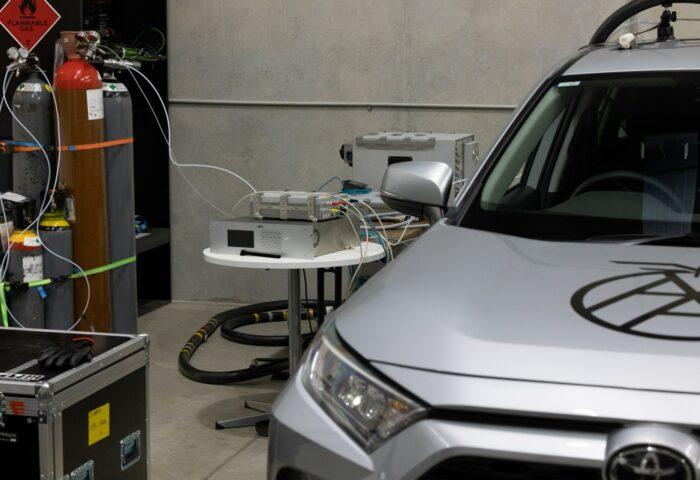
The AAA is the peak body for Australia’s state-based motoring clubs such as the NRMA, RACV and RACQ, which altogether have a claimed 8.9 million members.
Detailed today by Prime Minister Anthony Albanese, the AAA’s ‘Real-World Testing Program’ intends to test 200 cars in real-world driving conditions over four years, and “quantify how each vehicle’s fuel economy and emissions performance varies from the laboratory test results reported at point of sale”.
An AAA pilot program of 30 vehicles tested back in 2017 found on average the cars consumed 23 per cent more than was found in their lab tests and published on their yellow stickers. One of the vehicles tested used 59 per cent more.
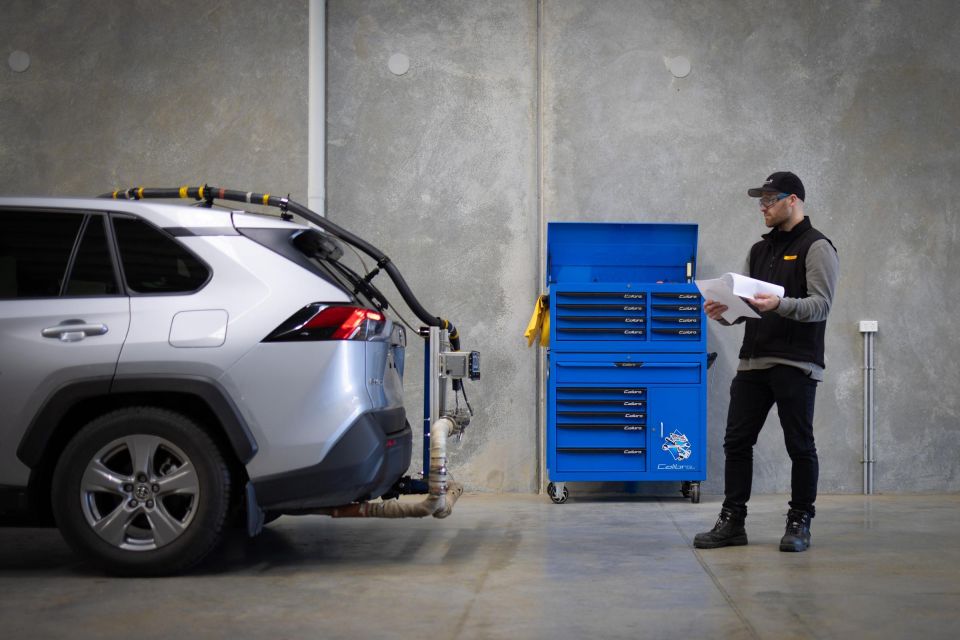
In addition, the real-world results achieved by 11 of the 12 diesel vehicles tested exceeded regulatory laboratory noxious emissions limits.
Since this time the lobby group has been calling for real-world testing. The federal government kicked in $14 million to fund the program, which commenced testing at a Geelong facility in August and will publish results from mid-November at https://realworld.org.au.
The AAA contends that the Volkswagen emissions scandal (‘dieselgate’) in which VW vehicles used software to trick lab tests, first showed that real-world testing was needed, “as stringent emissions regulations around the world were incentivising carmakers to optimise their vehicles’ fuel consumption and emissions performance for the laboratory tests used for regulatory compliance”.
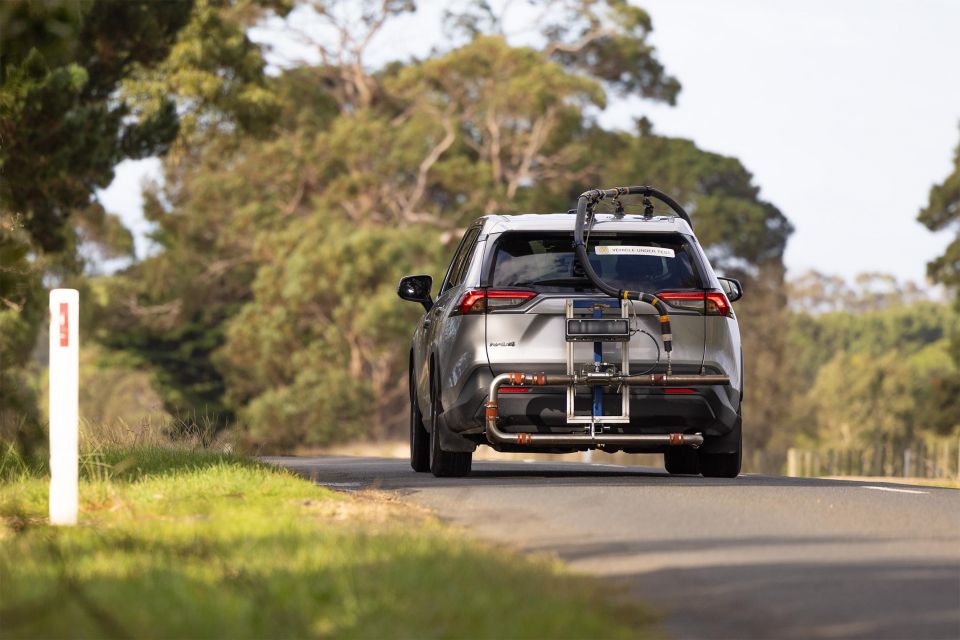
Volkswagen wasn’t the only company investigated for using emissions-cheating software, though it wore the brunt of bad PR. Hyundai and Kia were raided in Europe in June 2022 and Stellantis brands Jeep and Ram were fined hundreds of millions of dollars in August 2022
“Australian car buyers have for too long been misled regarding their vehicle’s fuel consumption and environmental performance,” claims AAA managing director Michael Bradley.
“This Program will deliver Australians truth-in-advertising and drive down demand for cars that over-promise and under-deliver. Better information will enable families and fleet buyers to buy vehicles that will meet their budget and environmental requirements.
“The AAA is very grateful for the Government’s support, which will save consumers money, while benefiting the environment.”
What do you think about this idea, readers? Let us know in the comments.
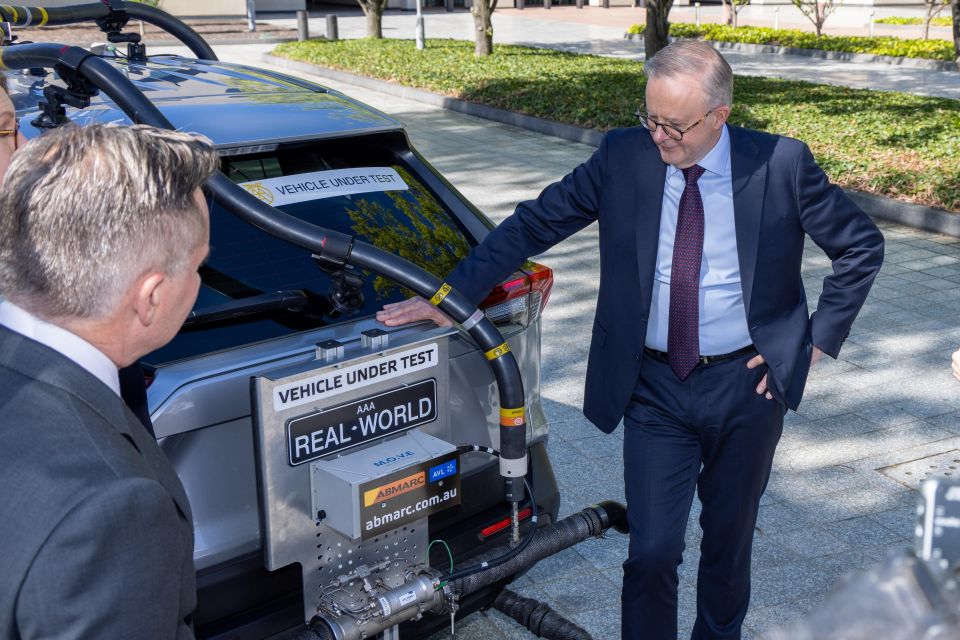


William Stopford
15 Hours Ago


Ben Zachariah
16 Hours Ago


Derek Fung
16 Hours Ago


Matt Campbell
23 Hours Ago


William Stopford
2 Days Ago


Josh Nevett
2 Days Ago